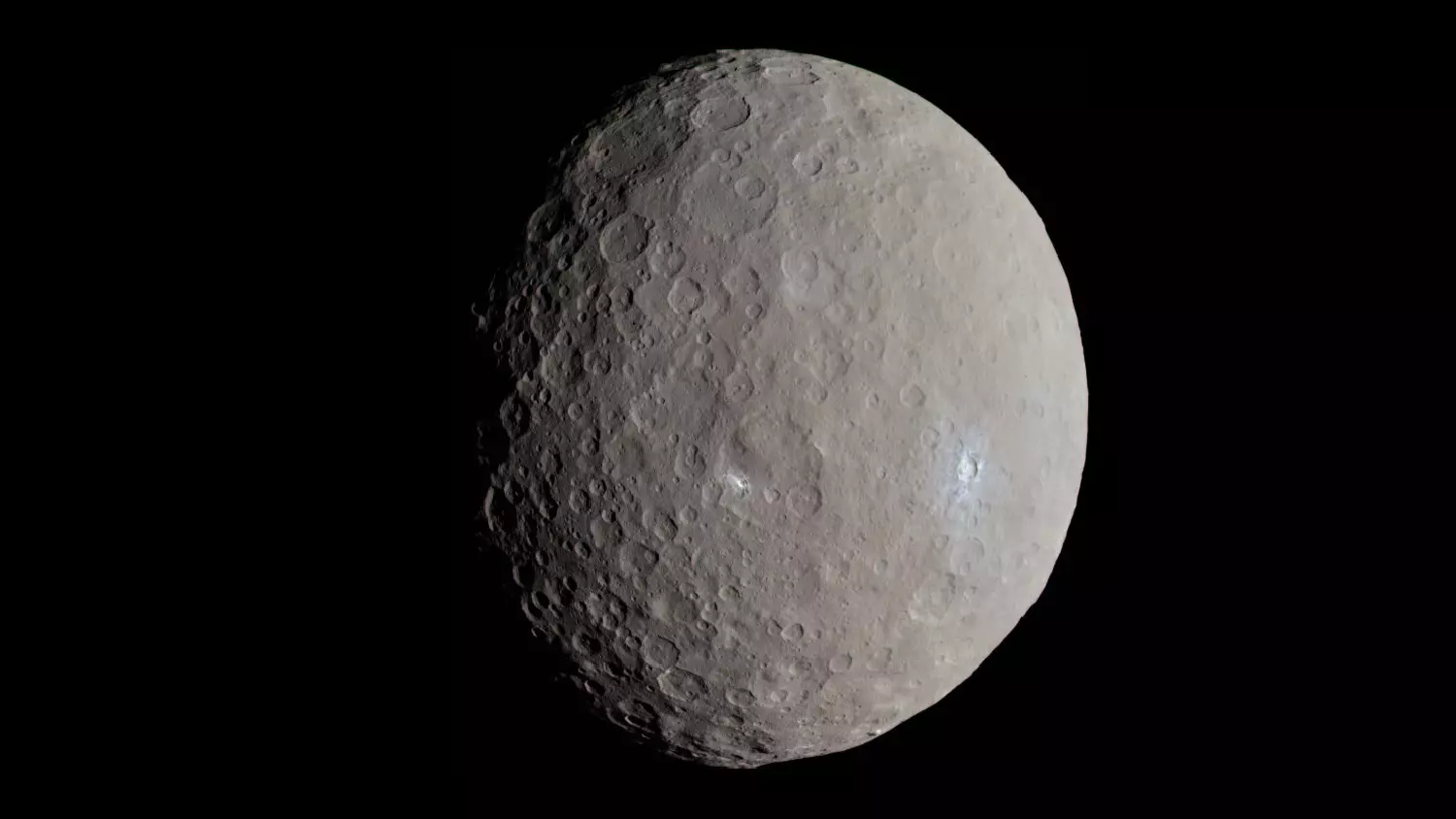[Originally published as Weevil DNA. Photo shows an unspecified beetle in Baltic Amber]
Scientists extract DNA from allegedly 130-million year old weevil
Nearly 30 years ago, the journal Nature reported that DNA has been successfully isolated from an allegedly 130-million year old weevil found in amber from Lebanon. The insect fossil yielded DNA of sufficient quality that it could be amplified by the polymerase chain reaction (PCR) and subsequently sequenced, including segments of specific identifiable genetic material including 18S rRNA and the internal transcribed spacer along with their corresponding nucleotide sequences of hundreds of base pairs!
These sequences were compared with genetic material from living fruitflies, mosquitos, and weevils leading to the conclusion that the DNA extracted did indeed come from the fossilized weevil.
This paper claimed that this discovery represents the oldest fossil DNA ever extracted and sequenced, absurdly claiming that they’ve extended by 80 million years the known duration of DNA. Rather, the existence of such endogenous DNA indicates that the fossil is not millions of years old, a possibility that a working scientist dare not consider aloud, regardless of the evidence, at the risk of losing his career.





